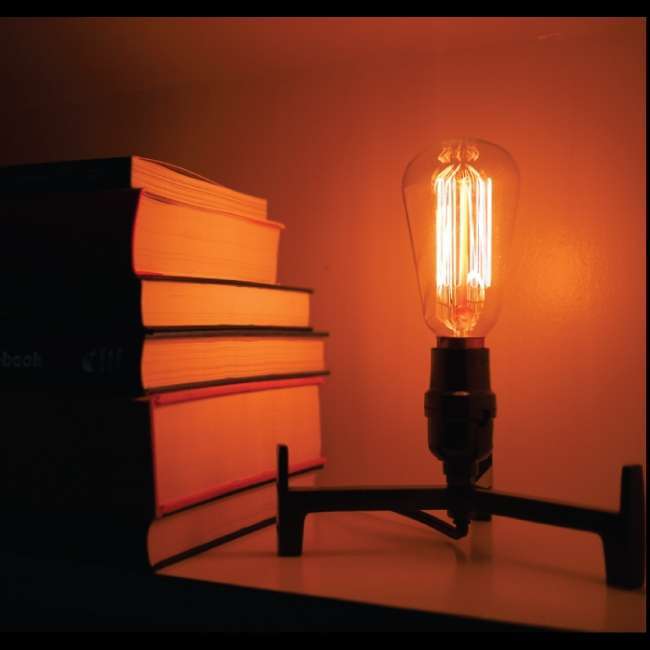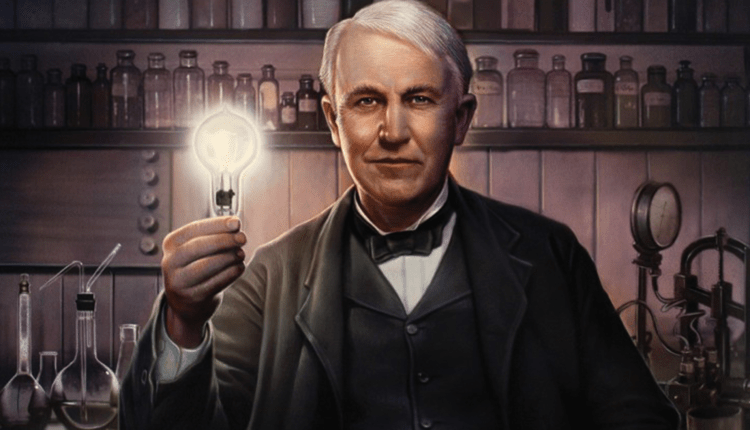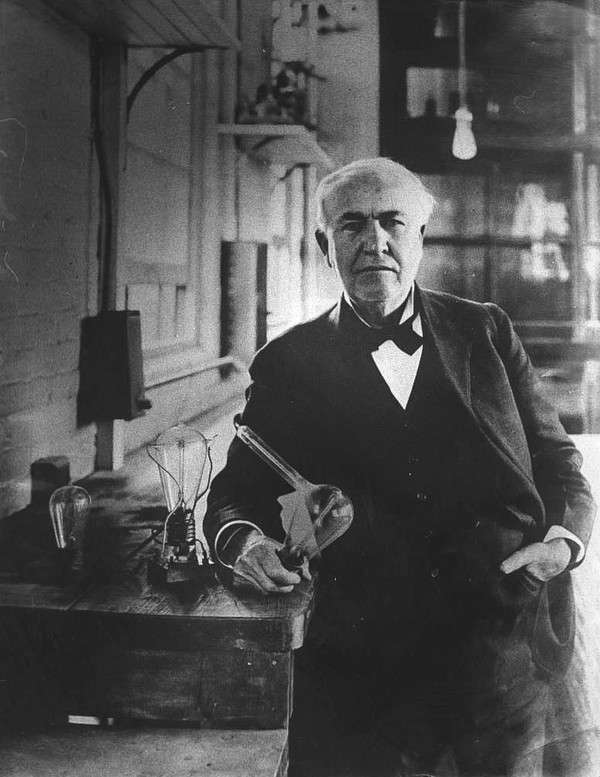Thomas Alva Edison: biography, interesting facts from life, inventions
Among all the famous inventors, one can note the special work of Thomas Alva Edison. It is his inventions that are not only not forgotten, but continue to improve in the modern world. The electric lamp, its improvement and implementation in life is one of the greatest and most memorable discoveries of Thomas in the whole world. And yet, the incandescent light bulb is not the only "magic" thing created by a genius. Throughout his life, he patented more than a thousand inventions that became popular all over the world.
Thomas Alva Edison: biography
Thomas Alva Edison was born on February 11, 1847 in Milene, in the small state of Ohio (Ohio). He was small in stature and of a slight build, but from childhood he was interested in quite interesting things, for example, steamboats, carpentry work, or launching boats at the shipyard. When the family moved to Port Huron, the boy went to school for about three months. However, for teachers, he was a "restricted" child, which is why his parents were asked to pick him up from school. His further training took place at home, with the help of his mother.
From a young age, he was interested in science, and at the age of nine he had already read the first book, which was called Natural and Experimental Philosophy. Over time, all the experiments that were indicated in the book, the boy tried on his own experience.
In order to carry out the desired experiments, money was required, but the funds allocated to him by his parents were not at all much. As a result, at the age of twelve, Thomas got a job as a newspaperman on the railroad line that connects Port Huron and Detroit. The boy earned up to $ 10 a month, which was enough for him not only for chemical experiments, but also for the purchase of new books, and even for the creation of his own laboratory in the baggage car of the train.
Thomas Alva Edison: invented what?
Having revealed his talent at a very young age, Edison began to invent world-famous projects, for which he was well rewarded not only in his own country, but also in other countries of the world. In the US alone, he received 1,093 patents, not to mention 3,000 received far from his homeland.
It was Thomas Edison who was the creator of the phonograph, with the help of his works the telegraph was improved, the first telephones in the world, film equipment and even the simplest items of daily use – an incandescent lamp – were created. They were asked to say the word “hello" at the beginning of a telephone conversation. The highest honor in the United States, the Congressional Gold Medal, was given to him. In 1862, Edison saved the stationmaster’s son, for which he helped the boy in teaching the telegraph business.
The scientist tested some inventions on his friends. The guests constantly wondered why the gate of such a genius as Edison was so hard to open. Thomas surprised many with his answer: the gate was connected to a domestic water supply pump, and each person entering pumps twenty-five liters of water into the cistern.
In this video you will learn the success story of Thomas Edison.
Thomas Edison: interesting facts
In the biography of every great man, you can find some strange facts about his life and behavior. They are also present in Thomas, for example:

When did Thomas Alva Edison invent the incandescent light bulb?
About 120 years ago, in the fall of 1879, a scientist tested the most important invention of the nineteenth century – an electric incandescent lamp. Its appearance was due to the work of dozens of other inventors, but it was Thomas who was able to make light bulbs affordable and massive, as a result of which the need for candles disappeared.
The scientist decided to show his invention to the world on the eve of 1880. About four thousand people who visited Menlo Park that evening observed an amazing picture: a wire was stretched between two trees, on which several hundred light bulbs shone brightly. This made a splash on people, everyone was shocked and dumbfounded, because artificial lighting in the 19th century can rightfully be called magic.

